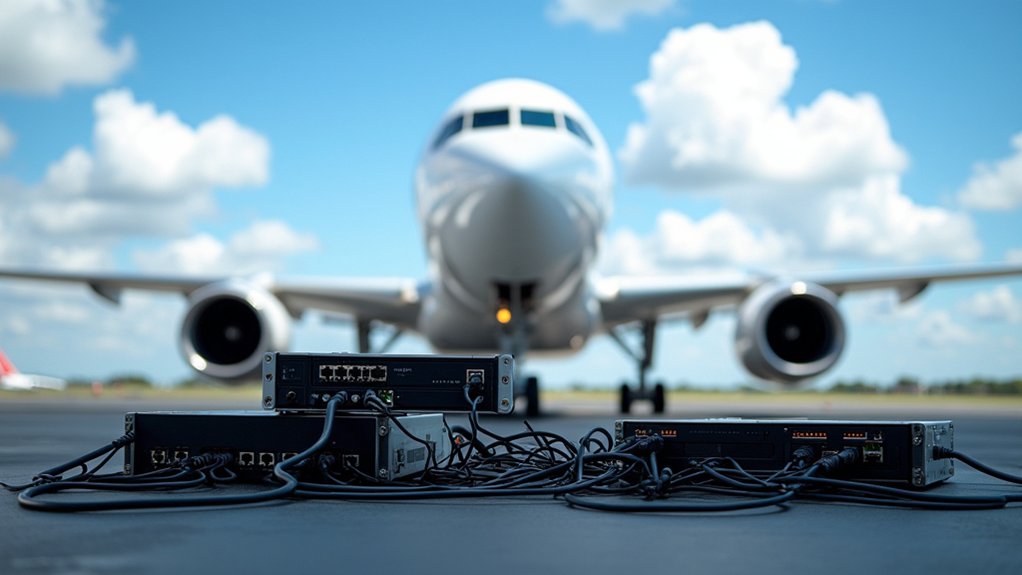Cyber resilience faced a significant test when Hawaiian Airlines confirmed a major cybersecurity incident on June 26, 2025, disrupting the carrier’s IT infrastructure and reservation systems. Security experts suspect the Scattered Spider ransomware gang, also referred to as UNC3944, coordinated the attack during a period of organizational change involving new ownership structures and fleet modifications.
Hawaiian Airlines’ cyber defenses buckled under a sophisticated ransomware assault, exposing critical vulnerabilities during corporate restructuring.
The breach targeted internal infrastructures and reservation platforms, causing disruptions to online operations even as maintaining complete flight schedule integrity. All Hawaiian Airlines flights continued operating without interruption, demonstrating the carrier’s operational continuity protocols in spite of compromised digital systems. Customers experienced temporary difficulties accessing online services, with alert messages displaying irregularities on airline webpages, though booking systems recovered swiftly through backup procedures. Multi-factor authentication implementation helped prevent unauthorized access to critical operational systems.
Scattered Spider’s involvement aligns with recent intelligence from Mandiant indicating increased targeting of North American airline and transportation sectors. The group maintains a documented history of attacking large enterprises through phishing-inspired ransomware campaigns, including previous assaults on UK retail organizations. Their operational methodology typically involves sector-focused campaigns executed in conjunction with other ransomware entities, making attribution efforts complex but increasingly urgent.
Hawaiian Airlines engaged external cybersecurity authorities and specialists to contain the breach, implementing immediate isolation of affected systems and vulnerability assessments. Company communications described an “orderly restoration” process prioritizing critical IT functions while collaborating with law enforcement agencies and cybersecurity consultants for thorough incident investigation. The airline made its first disclosure of the cybersecurity event early on Thursday morning.
Public messaging remained limited, likely preserving operational security during active mitigation efforts. Uncertainty persists regarding potential compromise of passenger or employee data, as the airline has not confirmed specific data theft or unauthorized access to sensitive information.
The nature of affected IT systems has prompted increased speculation about data privacy implications, though no evidence suggests flight safety or critical operational systems were compromised. The incident occurred during a period when multiple airlines face similar threats, with WestJet responding to a cyberattack since June 13 that has caused ongoing website disruptions. Industry best practices recommend proactive notification protocols if personal information exposure receives confirmation.
The incident highlights broader cybersecurity vulnerabilities within the aviation sector, where operational continuity must balance against digital infrastructure protection. Security firms urge industry-wide vigilance as ransomware groups increasingly target transportation networks, emphasizing the critical importance of strong backup systems and incident response protocols in maintaining service delivery during cyberattacks.









